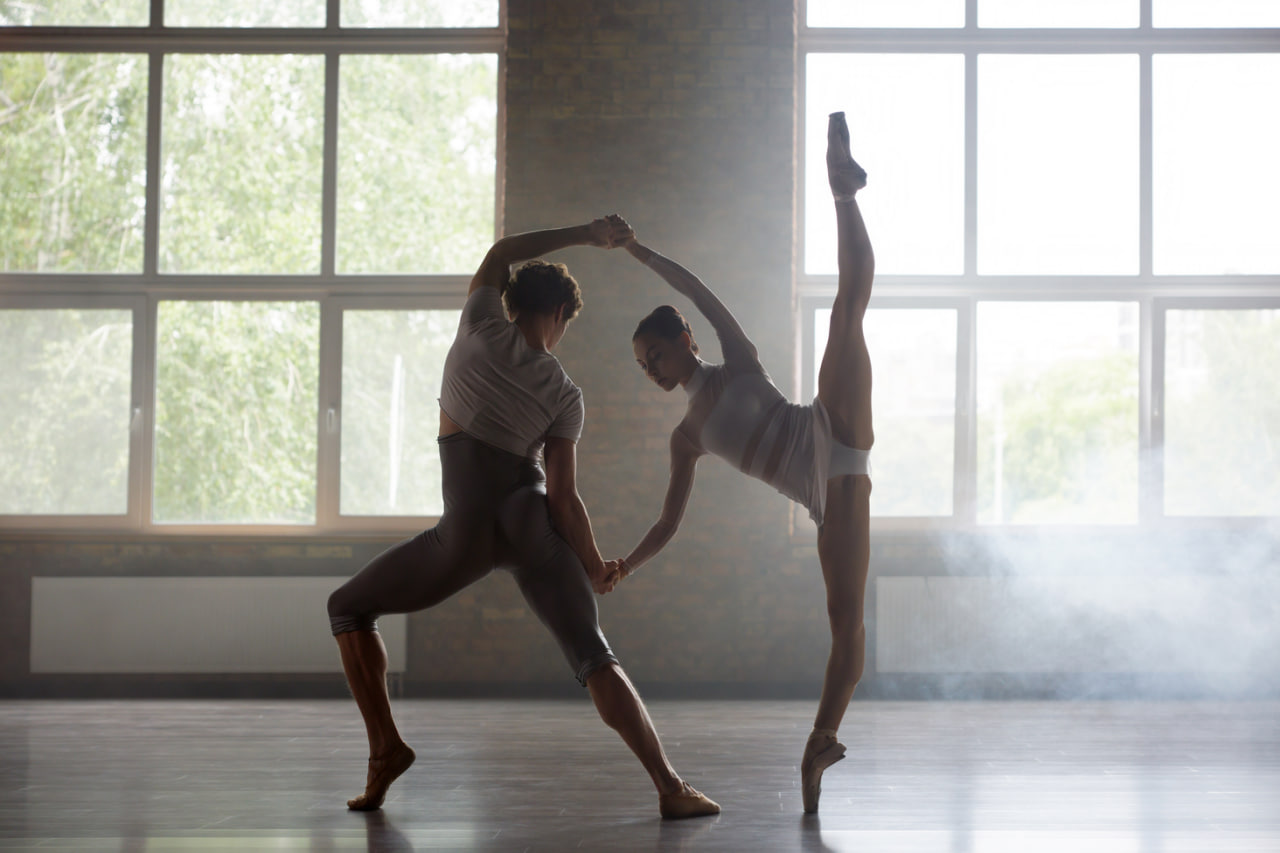The Mind-Body Connection in Ballet

The Importance of Mental Focus in Ballet
Ballet is often admired for its physical beauty and technical precision, but at its core, it is an art form that deeply connects the mind and body. Success in ballet requires more than strength and flexibility; it demands mental focus, awareness, and emotional engagement. The mind-body connection allows dancers to move with intention, control, and expression, transforming technique into storytelling and performance into an experience that resonates with audiences.
How the Mind Guides Movement
Every movement in ballet begins with a decision in the mind. Dancers must visualize the steps, anticipate the timing, and remain aware of their posture and alignment. This constant mental engagement helps maintain balance, coordination, and fluidity. When a dancer becomes “present” in the moment, their body responds instinctively, making complex sequences appear effortless. Mental rehearsal outside the studio can also enhance performance, allowing dancers to prepare mentally for choreography and corrections.
Emotional Expression Through Dance
Ballet is not just physical exercise; it is a form of emotional communication. The mind-body connection enables dancers to channel feelings such as joy, sorrow, passion, or longing into their movements. This emotional authenticity is what captivates audiences and breathes life into classical and contemporary works alike. Developing this connection takes practice, as dancers learn to move beyond mechanics and engage their inner selves.
Overcoming Challenges with Mental Strength
Ballet training is rigorous and can be physically and emotionally demanding. The mind-body connection provides the resilience needed to overcome fatigue, frustration, and self-doubt. Mental strategies such as positive self-talk, visualization, and mindfulness help dancers stay motivated and focused during rehearsals and performances. Cultivating mental strength is as vital as physical conditioning for a long, healthy dance career.
Mindfulness and Body Awareness
Mindfulness—the practice of being fully aware of the present moment—enhances a dancer’s body awareness. By paying close attention to sensations, breath, and alignment, dancers can prevent injury and improve technique. This heightened awareness also fosters relaxation, reducing unnecessary tension and promoting fluidity. Techniques such as meditation and focused breathing can be incorporated into training to deepen the mind-body connection.
The Role of Discipline and Patience
Developing a strong mind-body connection requires discipline and patience. Progress in ballet often comes gradually, and dancers must learn to trust their bodies while also pushing their limits safely. Consistent practice, reflection, and openness to feedback help dancers refine their awareness and control. Over time, this discipline cultivates a seamless harmony between thought and movement.
Enhancing Performance Through Connection
When the mind and body work in harmony, ballet becomes an immersive experience for both dancer and audience. Movements are executed with clarity and purpose, and the dancer’s personality shines through. This connection allows for greater creativity, spontaneity, and emotional depth, elevating performances beyond technical displays to moments of genuine artistry.
Lifelong Benefits of the Mind-Body Connection
The benefits of nurturing the mind-body connection extend beyond the dance studio. Dancers often find increased confidence, stress relief, and improved overall well-being. The skills developed in ballet—focus, emotional expression, and body awareness—can enrich other areas of life. Embracing this holistic approach makes ballet not just a physical pursuit but a path to personal growth and fulfillment.
